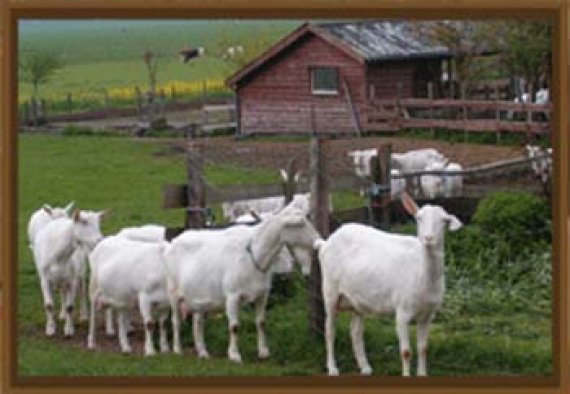Goat farmers in the Netherlands struggle with low profit margins because the price of goat’s milk hardly covers the rising costs of feed. What is more, the extra lambs, used for meat production, generate very little income. The farms favour expansion but that makes the profit margins even lower and also increases the risks of animal diseases such as Q fever, as well as adding to the problem of excess manure. An added problem is the negative effect of Q fever on public acceptance of the goat sector. What is the solution?
Wageningen UR Livestock research made a system analysis (Dutch text) and would like to see an interactive process in which goat farmers and other stakeholders create a sector which is both profitable and environmentally friendly, and does not pose risks to public health. In order to start up the discussion, the researchers sketch two scenarios. Scenario 1 is based on further upscaling, with farms with more than 1500 goats. On that scale, the production costs per litre of milk or slaughtered animal go down. This enables the goat farmer to invest more in environmental and animal health measures. In scenario 2, the farms are no bigger than 500 goats. These farms produce small quantities of quality products, responding to consumer health trends, for example. Consumers can adopt lambs, and farming goats in inaccessible nature areas or on care farms, can create added value for the goat farmer. The direction that will be chosen for the goat sector will be discussed later this year.

